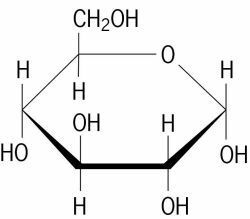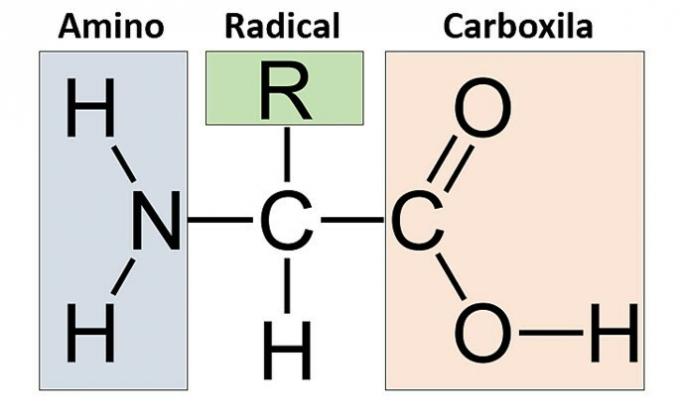Conservation Units (UCs) are natural areas created and protected by the government, municipal, state and federal. They are regulated by Law No. 9,985, of 2000, which institutes the National System of Conservation Units (SNUC). According to the SNUC, conservation unit is defined as a territorial space and its environmental resources, including jurisdictional waters, with natural characteristics relevant, legally established by the Government, with conservation objectives and defined limits, under a special administration regime, to which adequate guarantees of protection.
There are several types of UCs, with different names, guidelines, purpose and types of activities allowed in the area. According to their characteristics and purposes, they are divided into two types: Full Protection Units and Sustainable Use Units. The former have stricter standards and are more focused on biodiversity research and conservation. In them, except for some cases provided for by law, only the indirect use of their natural resources is allowed. The Sustainable Use Units are more focused on visitation and educational activities and sustainable use of their resources. They aim to make the conservation of nature compatible with the sustainable use of part of its natural resources.
Do not stop now... There's more after the advertising ;)
There are five types of Integral Protection Units and seven types of Sustainable Use Units, see below:

By Flávia Figueiredo
Graduated in Biology
Would you like to reference this text in a school or academic work? Look:
MACHADO, Flávia de Figueiredo. "Conservation units"; Brazil School. Available in: https://brasilescola.uol.com.br/biologia/unidades-conservacao.htm. Accessed on June 28, 2021.



